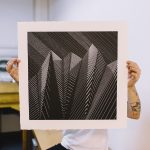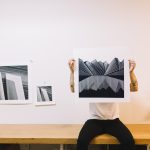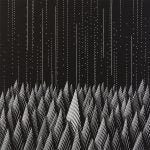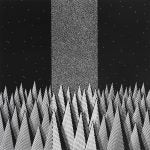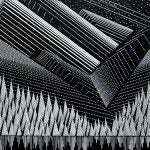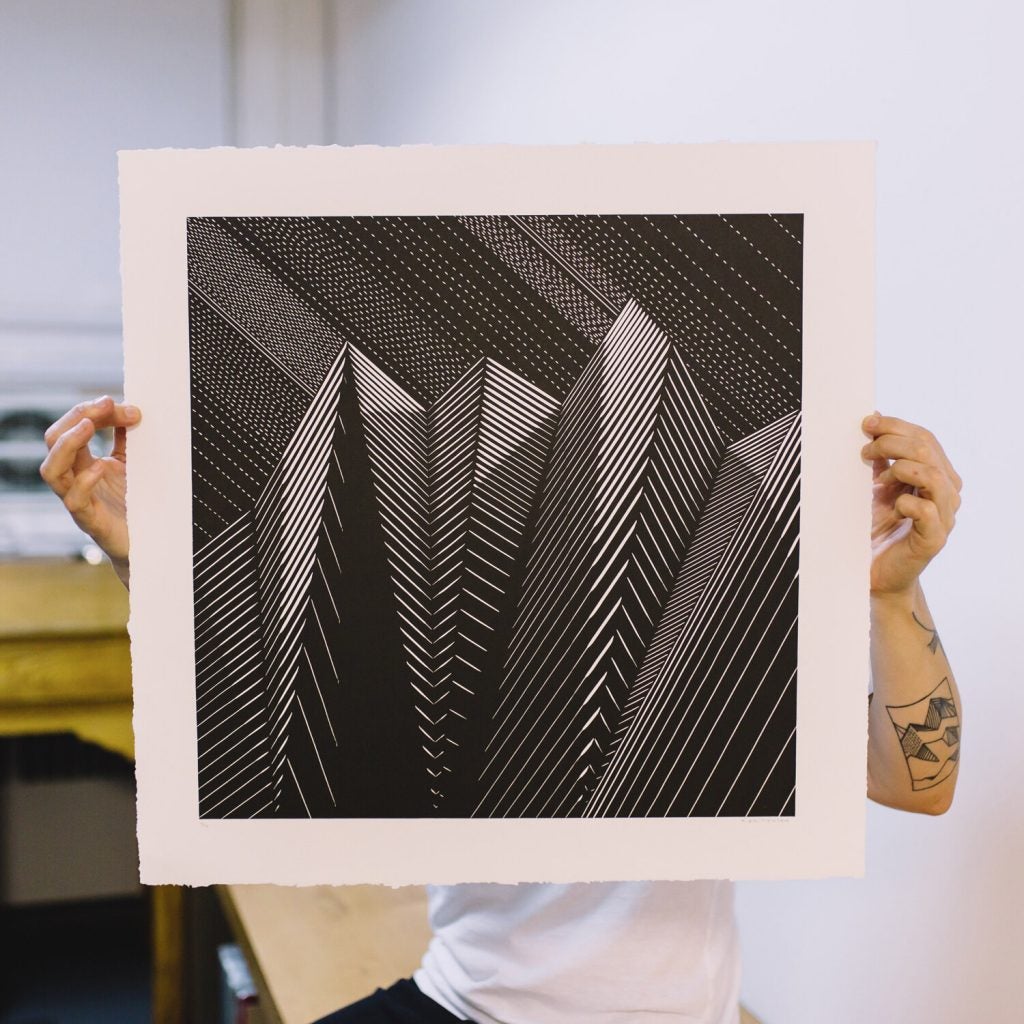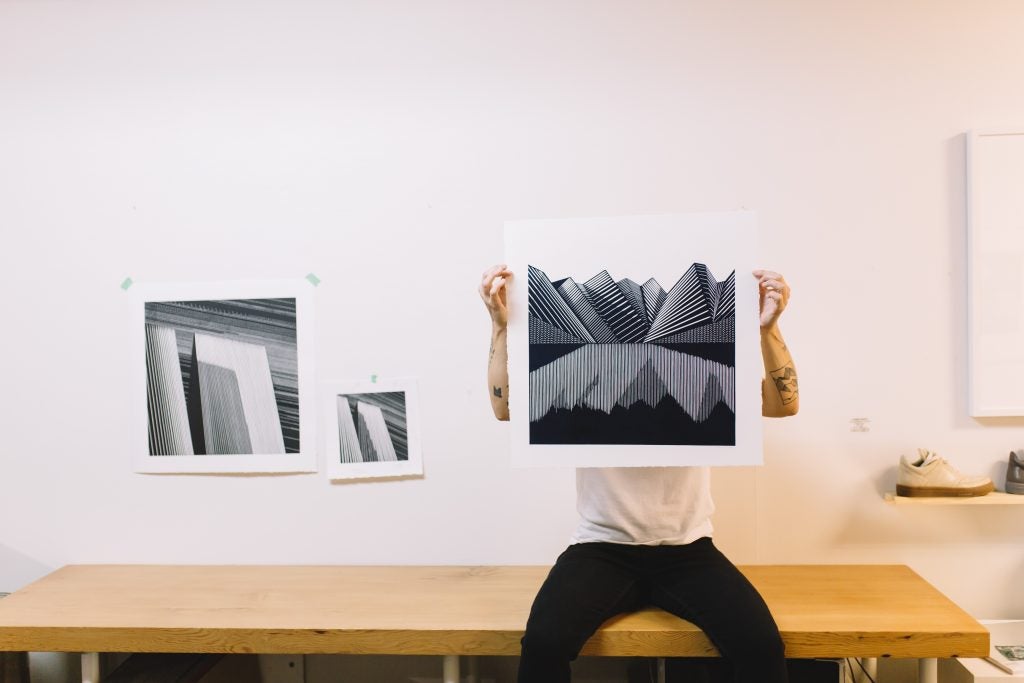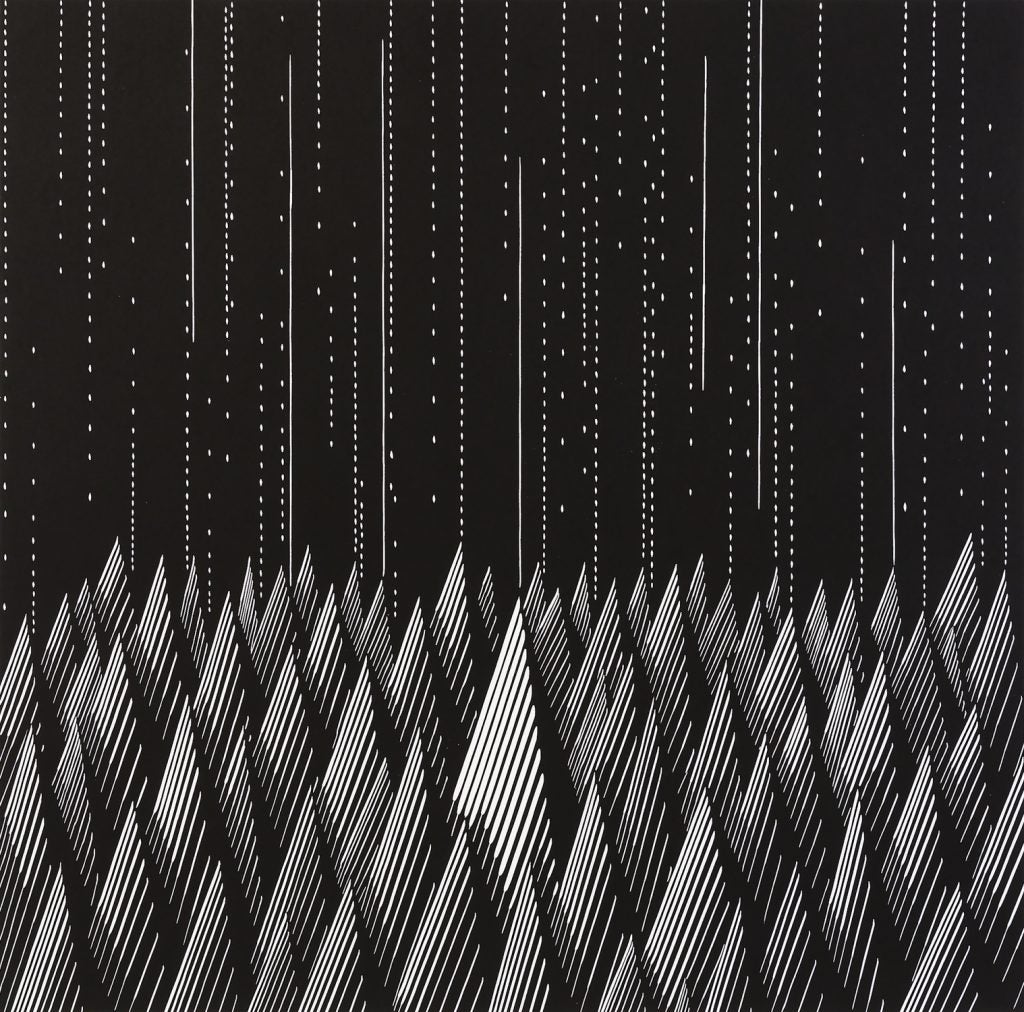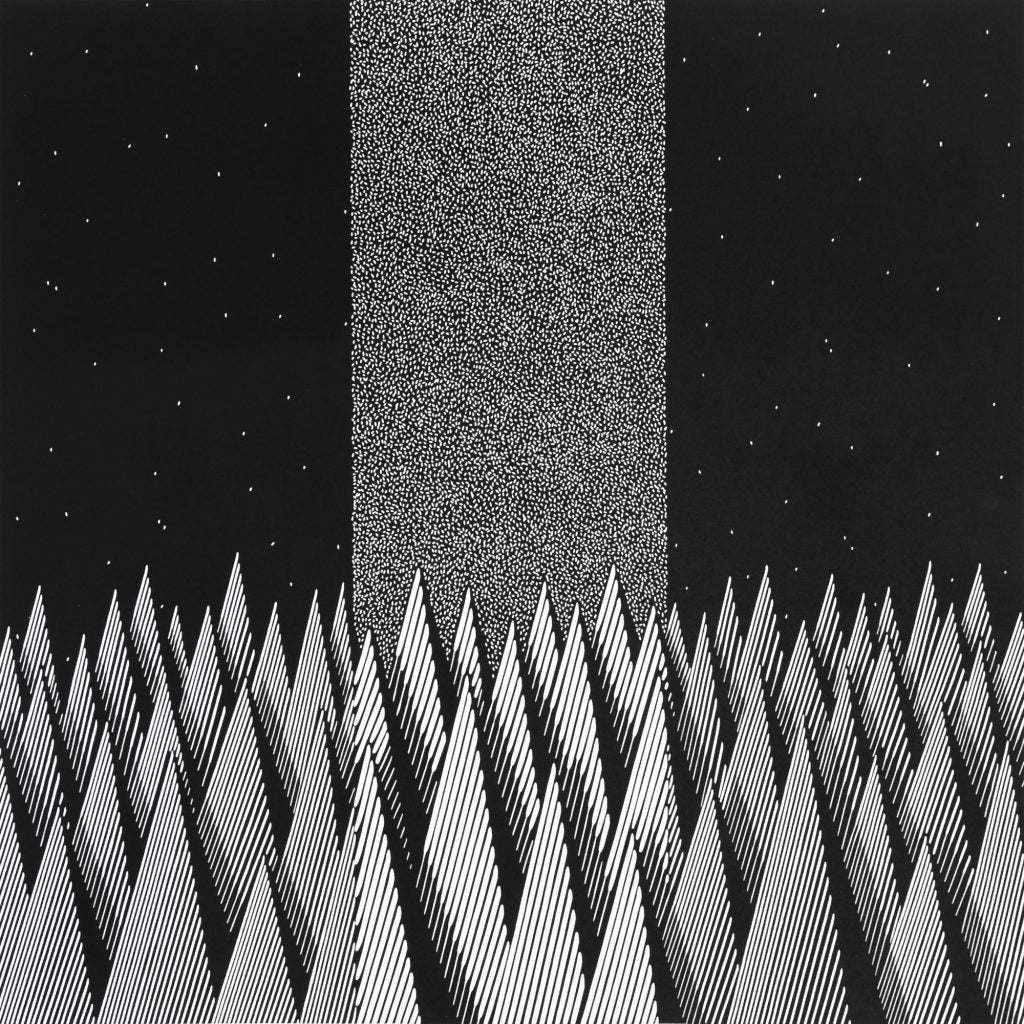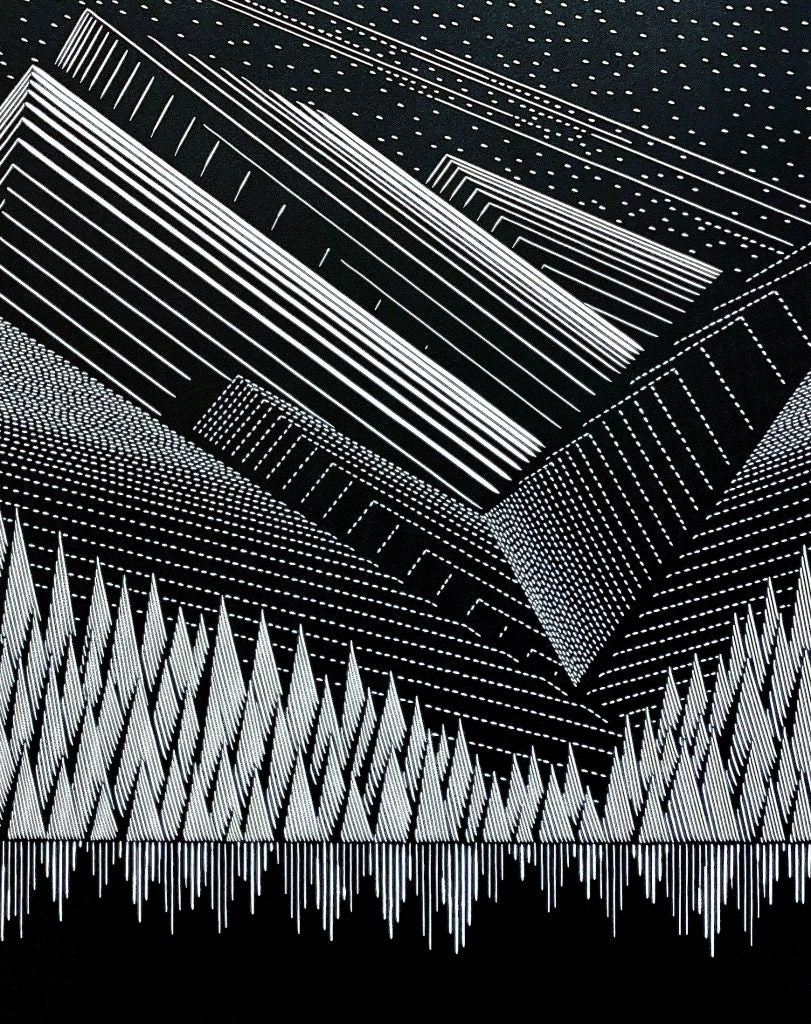Kari Kristensen

Vancouver, BC, Canada
Kari Kristensen is a contemporary Canadian artist living in Vancouver, BC. Born and raised in Dutton Ontario, Kari is a graduate of the University of Guelph where she studied Art History and Classical Studies. Both disciplines inform her work in equal measure, and she also credits her close proximity to the London Regionalism movement and the McMichael Gallery as major artistic influences. After moving to Vancouver Kari belonged to a printmaking collective on Granville Island prior to establishing her practice in the historic 1000 Parker Street building.
Artist Statement
Kari Kristensen’s work embraces disparate lines of Canadian and international art history, responding to both through new forms. Printmaking, in spite of sustained practice across geography and cultures, has a quiet platform in contemporary Western art. Kari Kristensen recognizes the growing relevance of artisanal processes and methodical meticulousness in a modern context that both undervalues and yearns for them. She seeks to re-imagine the Canadian Landscape tradition and its persistence in her and our consciousness, most notably in her current series.
Harnessing lino printing’s even ink application, combined with the choice of a clean monochrome aesthetic, Kristensen fully embraces the limitations of the medium itself, only to defy them. She draws focus to the print process and even the ink and paper, as their respective dark and light restrict her expression to line. Having forfeited all other devices from hue and texture to brushstroke and blending, Kristensen must coax the eye into seeing shadow, depth, perspective (linear and atmospheric) and reflection she has already declared are not there. The viewer is literally imagining these familiar landscapes, though they are as plain to see as the ink and paper. Our view is always coloured by previous experiences and projections; by giving our eyes the bare minimum of information here, Kristensen invites the full measure of our preconceptions, memories, and nostalgic associations for the Canadian Landscape to play into what we see. The specificity of low northern light reflected in contrasting planes of mountain surface indicates a particular location. At the same time, the feeling is of a season, a time of day, a temperature, and a memory, familiar to anyone.
She is also gay, which she thinks has made her a better printmaker…how the mind works defies exact causation, but she thinks past stress around her sexuality and androgynous gender expression led to her OCD. Having OCD has enhanced the attention needed to execute the precision of her printmaking.
Whatever references each viewer brings to this work, from personally known environments to collectively dreamed ones, what Kristensen brings forward through colour and form charges us to look, while what she leaves out charges us to see.
Techniques
- I'm primarily a printmaker, specializing in linocuts. I've developed my own method of monoserigraphy as well. But I'm also an artist in general and I paint murals and create sculptures that are an expression of my printwork.
Favorite Products
Arnhem 1618 Paper: My favourite paper, which I've been using almost exclusively for a few years now. I find the weight is perfect for linocuts. I tend to prefer a thicker paper because it has such a nice longevity and finger feel, but also enjoy the crispness that lightweight papers often offer--Arnhem rides the perfect line between those. It's absorbent, but also allows for pressure transfer. It's thick enough that it's easy to handle going through the press, makes great deckle edges and I feel confident selling my work on Arnhem because it is hearty enough to survive all the handling, be it mailing or framing. It's also a bit less weighty than other printmaking papers, which means it takes detail very, very well.
Speedball carving tools: My drawer of tools has quite a few gouges in it, but the Speedball ones I use every print. I keep a few different handles all set up and ready to go with a #1 blade, a 2, a 3, and a 5. Each one serves an important function for my linework. The incredible part I've discovered is that as long as I keep them honed (I used a Flexcut Slip Strop) these blades last for a really long time. No kidding, my last #2 blade was 3 years old!
Speedball Professional Relief Ink: The Supergraphic Black is amazing. It has a high pigment count so my blacks stay black. As someone who does a lot of monochromatic work, the level of black is important. It is such a light and fluffy ink to handle, easy clean up as a result--but also holds my crisp lines and tiny dots.
Speedball Diazo Screen Print Photo Emulsion Kit, Light Kit and Transparent Base: Because screen printing is one of many techniques I do, I need to have a streamlined setup that I know I can count on, yet doesn't take up a lot of space in the studio. The Emulsion Kit is easy to use and offers professional results. The size and cost is perfect for a smaller footprint, too. Transparent Base is my not-so-secret weapon for printing monoserigraphs.
Lastly, I love my Speedball 2" rubber brayer, but not for the reason you think. When I'm painting indoor or outdoor murals, just as in my printmaking work, I like crisp, tiny lines. A lot of the murals are taped off and spray painted. This trusty little brayer is the best tool for ensuring my tape lines stay where I put them.

